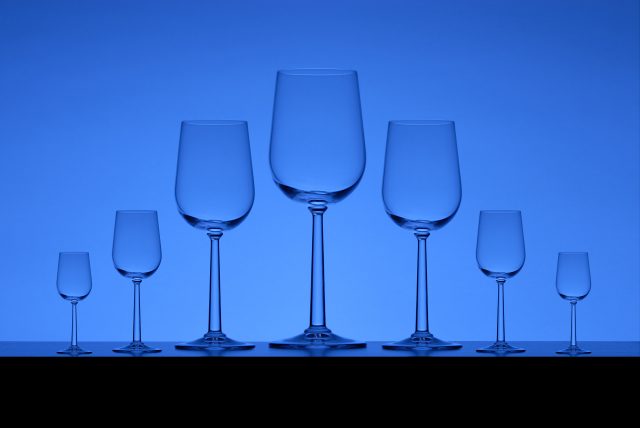This website uses cookies so that we can provide you with the best user experience possible. Cookie information is stored in your browser and performs functions such as recognising you when you return to our website and helping our team to understand which sections of the website you find most interesting and useful.
Pours for thought: study shows small serves reduce wine sales
On average, removing the largest by-the-glass option causes a 7.6% reduction in the overall volume of wine sold in pubs and bars, according to a new study from the University of Cambridge.

The research, published in PLOS Medicine, was undertaken across 21 licensed premises (largely pubs) over four weeks, though one of the participating venues did not complete the experiment “as designed by the researchers” and was therefore not included in the final analysis.
The experiment involved removing the option of having a large glass of wine (usually a 250ml pour) to determine how this affected the overall quantity of wine sold. What emerged over the course of the study was a change in consumer behaviour, as Dr. Eleni Mantzari of Cambridge’s Department of Public Health and Primary Care observed: “It looks like when the largest serving size of wine by the glass was unavailable, people shifted towards the smaller options, but didn’t then drink the equivalent amount of wine.”
Overall, across the venues that removed the option of a large glass of wine, a mean average of 420ml less wine was sold per day, a 7.6% drop. Assuming that a pub is open for five days in a week, this means that 2.1 litres less wine will be sold across the week, an amount equivalent to almost three regular 75cl bottles.
Interestingly, there was no evidence that this gave a boost to beer and cider sales instead. And, it appeared that customers were largely onboard with the smaller serves, with only four of the venues receiving complaints about the absence of a large option over the course of the study.
“People tend to consume a specific number of ‘units’ – in this case glasses – regardless of portion size. So, someone might decide at the outset they’ll limit themselves to a couple of glasses of wine, and with less alcohol in each glass they drink less overall,” Mantzari added.
A large/250ml glass of wine has approximately three units of alcohol, with most medical advice suggesting that men and women do not drink more than 14 units per week.
The researchers used their findings to make the case for how removing the option of a large glass can help to curb the public’s alcohol consumption, increasing “population health”, as Professor Dame Theresa Marteau, the study’s senior author, noted.
The study also claimed that despite less wine being sold, the premises “did not lose money as a result of removing the largest serving size for glasses of wine, perhaps due to the higher profit margins of smaller serving sizes of wine.” However, no data supporting this comment was provided.
Overall, global wine consumption is in decline, even without the removal of a large by-the-glass option, and it seems that an industry already affected by a huge surplus of product might not look too kindly on public health measures specifically designed to reduce the volume of wine sold in the on-trade. The latest ProWein Business Report detailed some ways that the wine trade’s current crisis can be reversed.

